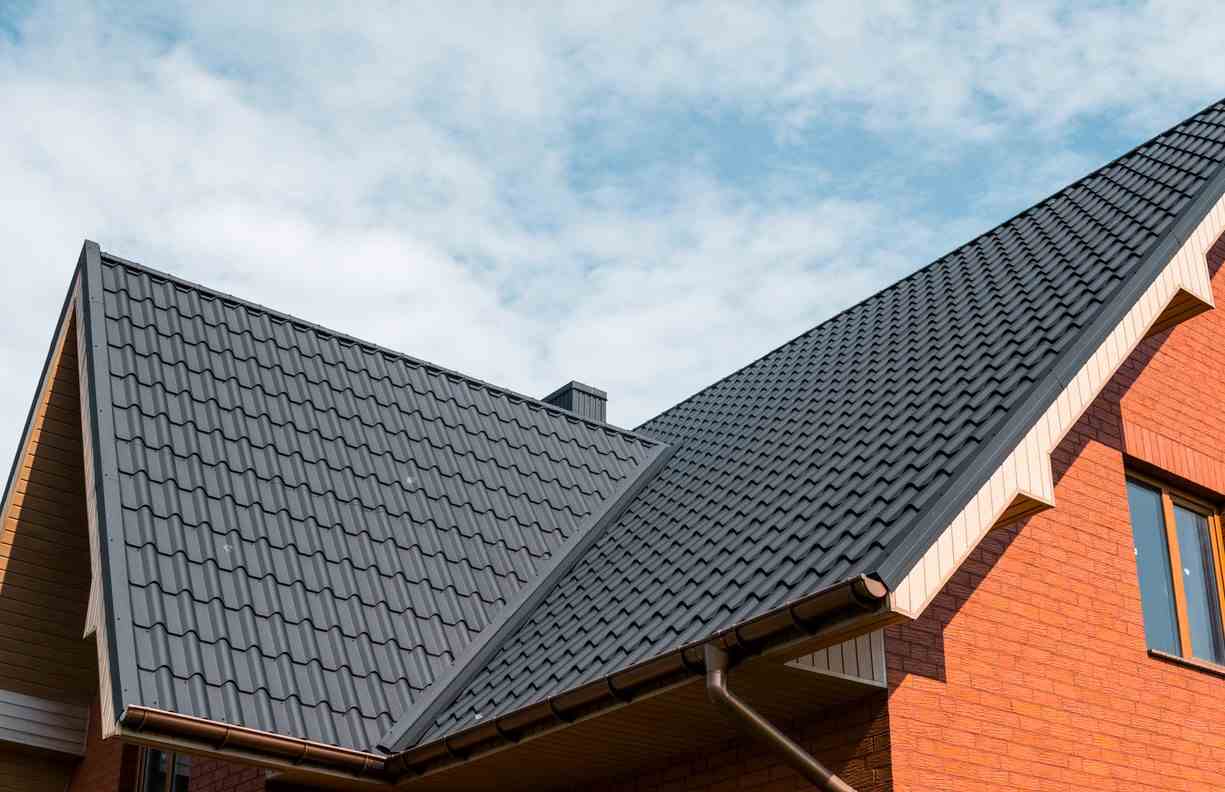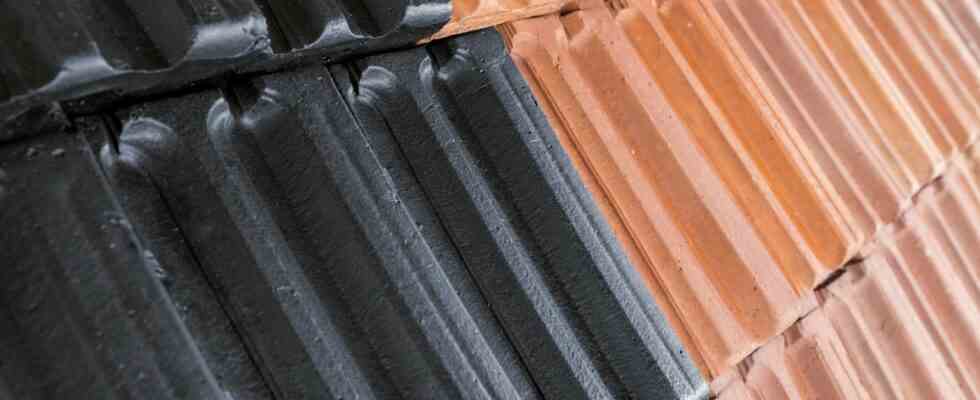Before choosing your tiles
Remember that as part of a roof repair, you have to do a declaration of work with the town hall of your municipality, which will check whether your project complies with the standards established in the PLU (local urban plan). Indeed, your choice may be limited by the requirements of your municipality or region in terms of materials, shapes and colors of tiles. These requirements are intended to maintain a certain aesthetic uniformity in a given place.
classic tiles
Classic tiles are made terracotta. They have the advantage of being frost-resistant, rot-proof and washable. These tiles are laid in such a way as to overlap, which ensures a high degree of watertightness. To preserve them longer, it is recommended to maintain them well and to apply a fungicide and waterproofing treatment. They can be flat or cone-shaped.
Flat tiles
Very present in the north of France, but increasingly used in many other regions, this type of tile perfectly imitates slate roofs. Tiles of this type can be clay or concrete and come in two versions: flat or with a slightly rounded end evoking scales.
Perfectly adapted to the flow of rainwater, as well as snow, this light tile is generally used on roofs whose slope exceeds 35°. The tiles overlapping, the roof is then completely waterproof. Moreover, if your roof is atypical, with different slopes, curves, etc., the ease of laying this type of tile makes it the ideal solution.
You will need between 65 and 75 flat tiles to cover one square meter.
The canal tiles
Very present in the south of France, this type of tiles, also called roman tiles, draws an arc of a circle and needs to be placed in a certain order: a line of tiles arranged below and a line above. The two layers of tiles will then be blocked by sliding effect. This solution is perfectly suited to roofs with a fairly low slope. If this type of tiles is so popular in the south of France, it is because during violent storms, it allows rapid evacuation of water. If you are wondering about the difference between the channel tiles 40 or 50, know that the number provides information on the length of the tile. You can also find dual channel tiles which, for their part, interlock.
You will need between 18 and 55 channel tiles per square meter.
Mechanical tiles
Mechanical tiles interlock on top of each other making them very waterproof and reduces exposure time. Manufactured industrially, these bricks are cheaper to buy and can be made of terracotta, concrete or even glass. In this type of tiles, we distinguish Roman tile and large mold tiles and small mould.
The Roman tile
Very present in regions subject to the wind, the Roman tile looks like the channel tile. It differs, however, in its interlocking pose which is faster and easier, by its lower weight and by its aesthetic appearance. It draws, in fact, a less accentuated arc of a circle.
You will need between 10 and 15 Roman tiles per square meter.
Large mold and small mold tiles
They are double interlocking.
- Small mold tiles : no longer used in the north of France, they are a lighter alternative to flat tiles. They come in two forms: either with the visible part perfectly flat, or with a slight undulation on the right side to give relief.
You should count 15 to 22 tiles per square meter.
- Large mold tiles : they are available in two versions: with strong curves, which resemble Roman tiles, or with low curves. Again, the main advantage is lightness.
You will need about fifteen tiles per square meter.

Concrete tiles
Less common than classic terracotta tiles, concrete tiles are made from a mortar. The disadvantage of this type of tiles is its very low lifespan, which means that it is not often used. However, because they are customizable, they can have an aesthetic advantage. It is, in fact, possible to pigment them to get a roof of a certain color.
Photovoltaic tiles
Photovoltaic tiles are tile models that allow you to make energy savings. Indeed, this alternative to solar panels helps reduce electricity bills. Nevertheless, it is a solution which remains expensive and which is therefore not often used. These are tiles that have the same dimensions as a classic tile to adapt to the roof. You can choose to install only on an area of the roof that has good exposure. It is necessary that call on an RGE-certified professional for this type of tiles.
Fiber cement tiles
The fiber cement tiles have a bad reputation, since those dating from before 1997 contained asbestos. If you have any on your roof, it is recommended that you hire a specialized company to remove them. Now designed with local fibres, sand and cement, this type of tile is ecological and economical compared to others. However, these are fragile tiles which should be avoided. Sensitive to moss, it will be necessary to clean them regularly. They are also subject to condensation and can cause thermal bridges.
Tile selection criteria
Whether the appearance, the solidity, the weight of the tilee will have a definite impact on the choice you are going to make, its rate will also come into play. And for good reason, it takes between 15 and 3,000 € per m² depending on the tiles. In addition to this, here are the other criteria to take into account:
- The desired result : indeed, the appearance of the roof will bring real added value to the exterior appearance of your home. Since you don’t change your roof covering every year, choose a shape and color for your tiles that suit your tastes.
- Municipal or regional bonds : as we have seen, depending on where you live, the city or town PLU may impose certain criteria on you. If your home is part of a housing estate, you may also be subject to rules.
- The slope or the specifics of your roof.
- The climate your area or your wind exposure.
In any case, be sure to turn to resistant tiles which you can enjoy for many years. Do not hesitate to get advice from a professional in case of doubt.

